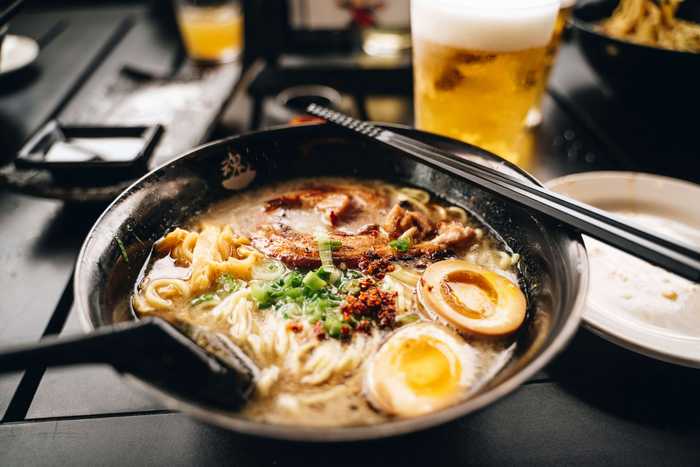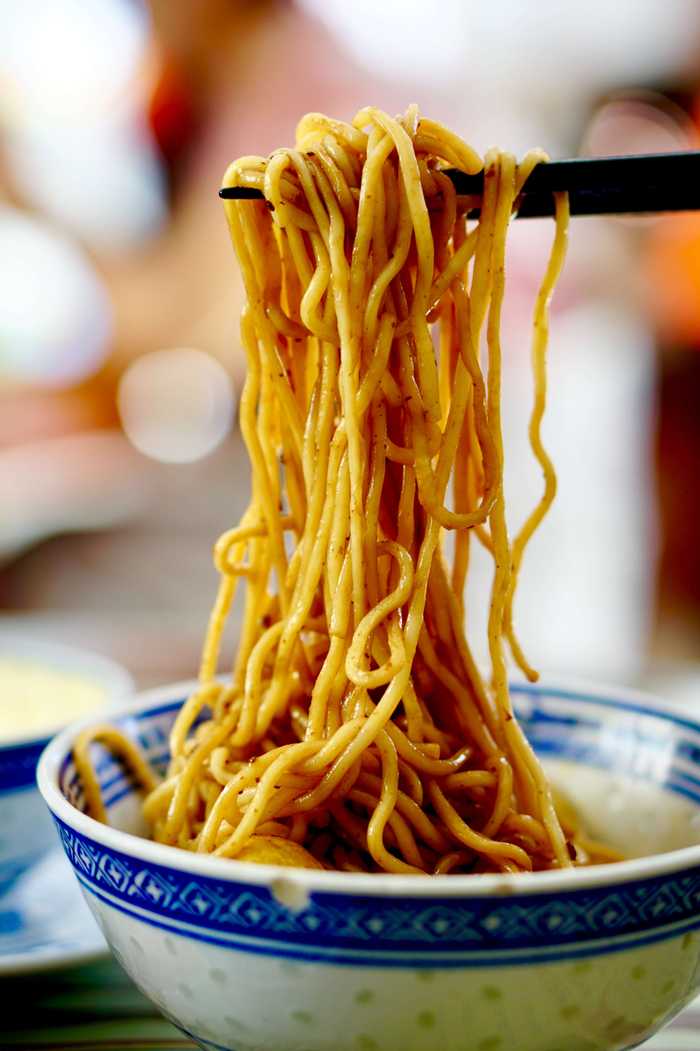Published 10:16 IST, January 18th 2024
Ramen or noodles? Don't know what to choose for your next meal? Understand these differences between the two to make a choice.
Advertisement
Ramen and noodles are often confused with each other due to their similar appearance. However, these are two completely different cuisines. While they are both made of wheat flour, there are many distinctive features between the two. From its ingredients, preparation methods, to the flavors, there is a lot of difference between the two.

Here are a few points to make you understand the difference between ramen and noodles.
Advertisement
Ingredients
The main difference between ramen and noodles is its ingredients. Noodles are made of wheat flour, salt, and water. They are served with a variety of sauces, including soy sauce, sesame oil, scallions, vegetables, and meat. Ramen, on the other hand, is made of wheat flour, salt, water, and a type of alkaline water called kansui. This gives ramen noodles their distinctive texture.

One unique feature that makes this dish so distinctive is that it is served in a broth. Sometimes it is even cooked in broth which makes it extremely flavourful. The broth contains the devouring flavors of soy sauce or miso. It also includes meat and vegetables. You can then top it with different ingredients, such as eggs, scallions, chilli oil, as per your preference.
Advertisement
Method of preparation
Noodles are usually boiled in salted water until they are tender. They are then drained and served with a sauce and toppings of your choice. On the other hand, Ramen is boiled in water with kansui. This gives the noodles their unique texture and yellow color. After boiling, the noodles are rinsed with cold water to remove excess starch. They are then added to the broth for its unique preparation. There are four general classes of ramen: shoyu, tonkotsu, miso, and shio.
Texture
If you look closely, you will be able to notice that the two have completely different textures. Ramen is usually thicker in texture as compared to your regular noodles. They are not as thick as other varieties. The ones that are thicker also have a chewy texture.
Advertisement
10:16 IST, January 18th 2024